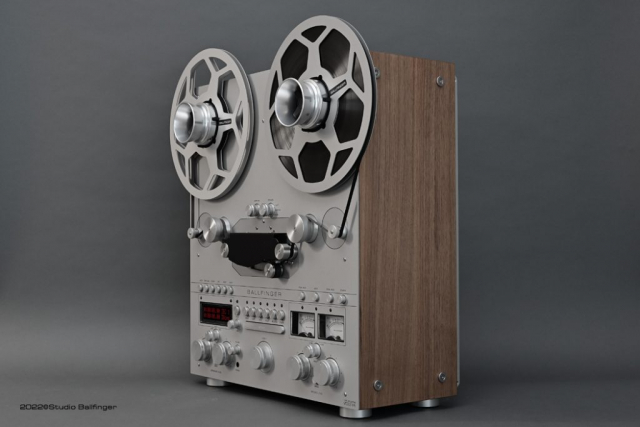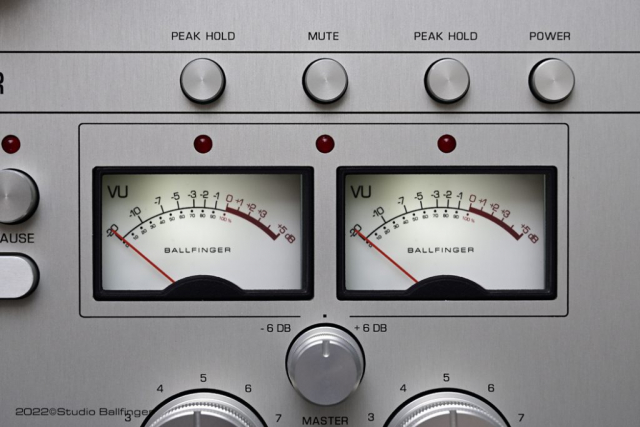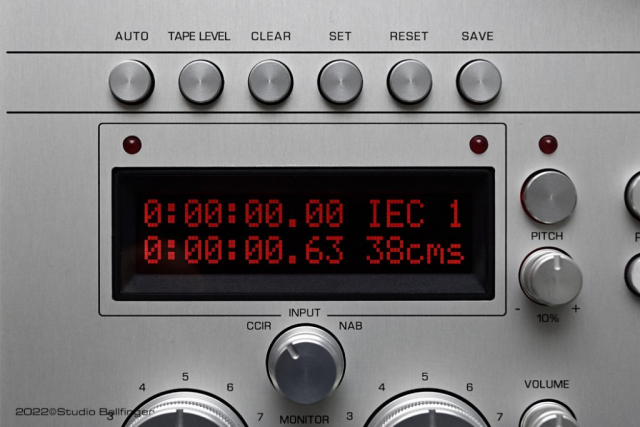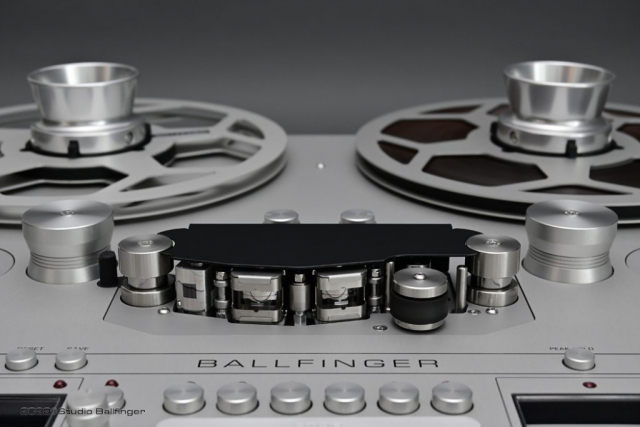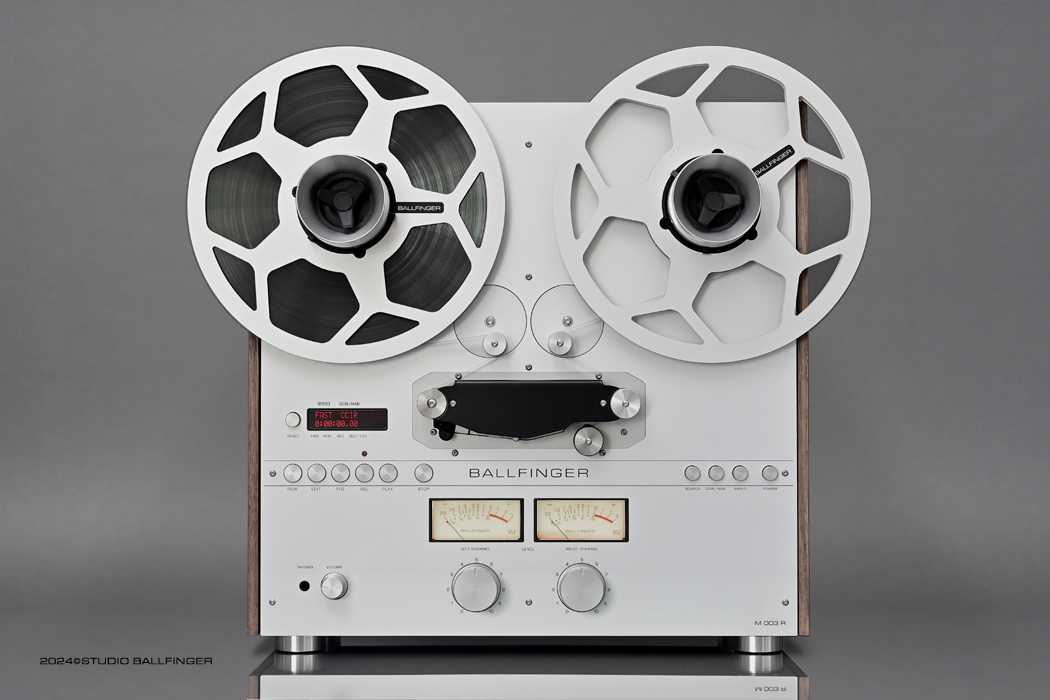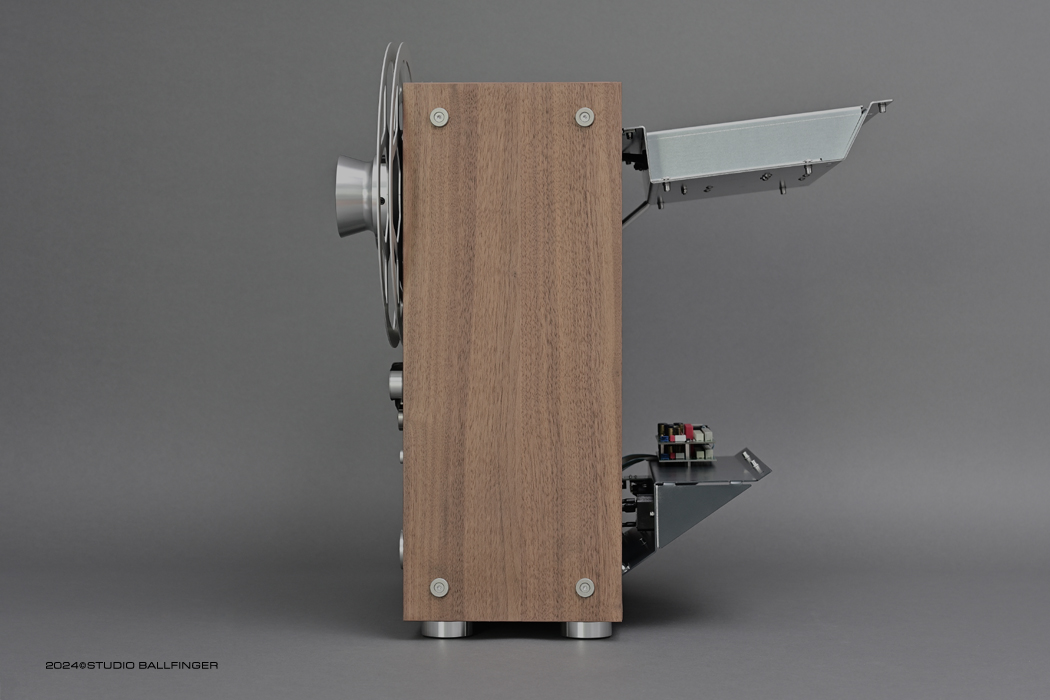Product Description
In order to meet a broad range of applications, the Ballfinger M 063 H6 chassis has been developed for professional applications and consists of high-strength aluminium. In addition, the wearing surfaces of the base platter are finely milled on both sides, ensuring that the angles and height of the mechanical elements of the tape transport are precise and lasting.
The reel motors, capstan motor, power supply and audio unit components are so positioned as to keep the signal flows short, while failure-critical components are spatially separated from each other. This enables substantial measures to electromagnetically shield the components – particularly the motors and tape heads – to be avoided from the outset. All components and circuit boards are equipped with high-quality plug-in connectors on both sides.
Longer cables and signal lines are grouped in a sealed cable harness with magnetic shielding. This allows servicing of all components to be performed with the minimum of delay, without having to change the position of adjacent cables or components.
The processor-based tape transport control prevents any kind of looping and tape deformation. The braking process from the spooling operation thus ensues completely electrically incorporating the sensitive tape tension sensors. For this purpose, extremely torque-invariable motors have been developed with state-of-the-art power electronics and direct drive. Even at high load, these fast-reacting servomotors generate hardly any waste heat, and operate virtually silently while developing an extremely high and uniform torque with their axial magnetic field. Two highly precise sensors on the guide rollers monitor the tape tension and set the current for the reel motors without any delay. This enables both an extremely uniform tape-head contact and a very low slippage at the pinch roller, combined with low pressure strength.
The M 063 H6 capstan motor is located directly on the capstan shaft and – with a maximum output of 65 watts – supplies five times the output power actually needed for this application. The capstan drive thus possesses outstanding acceleration and deceleration values and can be in standby mode. For a smooth start that is gentle on the tape, first the pressure roller is engaged, then the motor accelerated – using precisely calculated ramp control – and stabilized without overshooting. This occurs in less than 0.5 seconds – even at a speed of 38 cm/s, and then the audio channels are activated. The M 063 capstan motor, however, operates with a digital loop filter and process-controlled regulator. Only in this way was it possible to realize an extremely precise and fast-reacting direct drive with a very low wow & flutter.
The state-of-the-art audio electronics is based on the amplifier technology of the new M 063 master recorder and has electronically balanced in- and outputs. It consists of a plug-in board system with separate boards for both channels with very short signal paths. Playback and recording electronics as well as the erase oscillator are powered by separate precision power supplies. As is usual with studio equipment, the playback level, treble and bass can be calibrated separately for each speed via low-distortion conductive plastic trimmers. The same applies to the recording section: Here, too, the recording level and frequency response can be adjust separately. For all three speeds, 19 cm/s (7.5ips) and 38 cm/s (15ips)and 76 cm/s (30ips) CCIR and NAB equalizations are available on the playback section, which can be switched on the control panel and are shown on the display. The use of toroidal transformers, their position and the spatial separation of audio and power electronics ensure a high signal-to-noise ratio. In order to keep the signal paths short and to reduce interference from tape transport to a minimum, the amplifier electronics were built as far as possible using SMD (surface mounted device) technology. The switching of the equalizations takes place almost without cracking via modern semiconductor relays.
The front panel can be move along with the audio unit. Thus, work, such as measuring on other types of tape or replacing individual amplifier cards, can be carried out from both sides. In addition, the adjustment controls on the amplifier cards are arranged in such a way that they are both accessible from the front, as well as from the rear. If the machine is mounted in a rack or console, it does not need to be removed for calibration. It is sufficient to remove the front panel.




